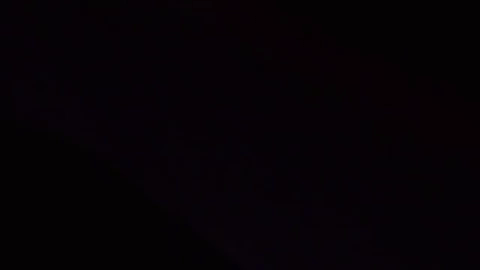
The first six missions to the Moon helped us answer questions about our nearest celestial neighbor, but a curious public wanted to know more about how we did it. With the help of the NASA History Office, we’ve identified some of the most frequently asked questions surrounding the first time humans walked on the surface of another world. Read on and click here to check out our post from last week and the week before.
Why do some shadows on the Moon appear to go in different directions?
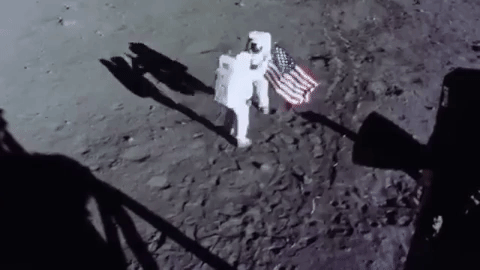
For Apollo astronauts, the Sun wasn’t the sole source of light. The high reflectivity of the lunar surface or “albedo” means that the Moon’s many craters, hills and rocks bounce sunlight to wash out the stars multiple shadows on objects. The highly uneven terrain means that shadows can have slightly different lengths, as well. For example, two astronauts standing several feet away from each other can have different shadow lengths because one may be on a slope.
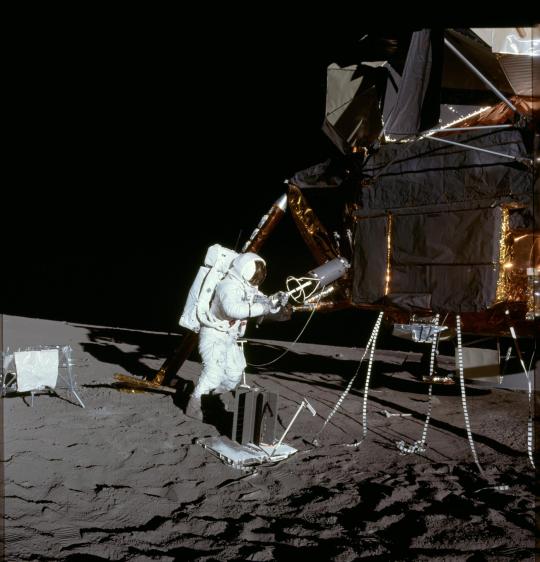
While the Lunar Module itself was also reflective, Apollo astronauts had yet another bright source of light: Earth! To a moonwalker, a half-full Earth would be about 20 times brighter than a full Moon as seen from our home planet. This also explains why stars are not visible in pictures. Think about it: if you wanted to photograph all the stars that can be seen from Earth, would you want to do it during a full Moon?
Why are there no blast craters under the Lunar Modules?
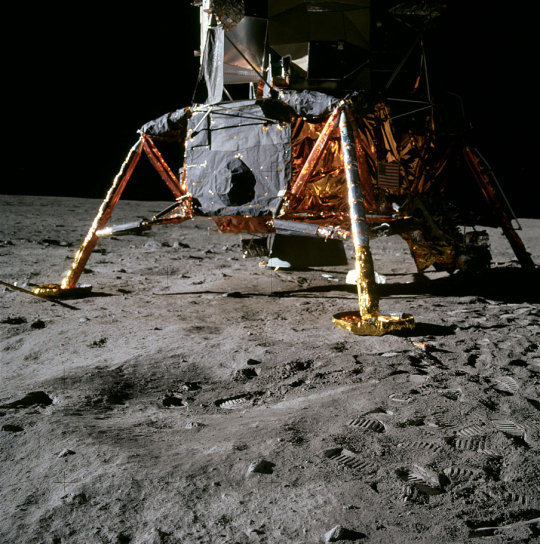
The Moon has endured billions of years of bombardment from micrometeorites and large meteorites, compacting the dust into extremely dense rock. A thin layer of fine and powdery moondust covers the ground, but the dense rock beneath this layer makes it hard to penetrate the surface.
That, paired with an engine thrusting in a vacuum means that the exhaust would expand rapidly outward instead of straight down like it would on Earth. The large engine nozzle. Still, many pictures clearly show dust markings radiating from the landing site.
Can Humans Really Survive Passing Through the Van Allen Radiation Belts?
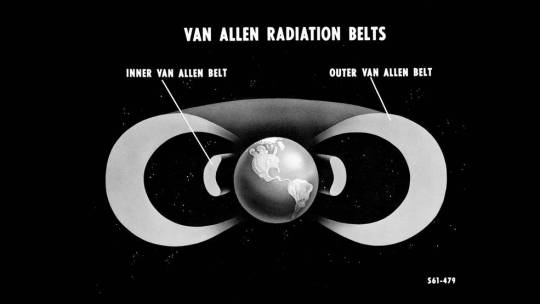
The short answer is yes, but with protection. The Van Allen radiation belts, named after their discoverer James van Allen, are regions high above Earth’s surface that trap highly charged particles that radiate off the Sun. This energetic region contains harmful radiation that would be lethal to anybody who encountered them unprotected.
Thankfully, the 12 astronauts that passed through the belts did so relatively quickly in the comfort of their shielded spacecraft that had been tested to withstand high doses of radiation. Although all six crews had to pass through the Van Allen belts, the dosimeters indicated that they received a dosage no higher than that of a chest X-ray or a single CAT scan.
Why are we going back to the Moon?

Exploring the Moon is only the first part in our mission to expand humanity’s presence on Mars and beyond. The Moon is the ideal stepping stone for testing technology that will enable us to expand humanity’s presence on Mars and beyond. Click here to learn more about the Artemis program that will take humans to the lunar surface within five years – this time, to stay.
Make sure to follow us on Tumblr for your regular dose of space: http://nasa.tumblr.com.




Комментариев нет:
Отправить комментарий